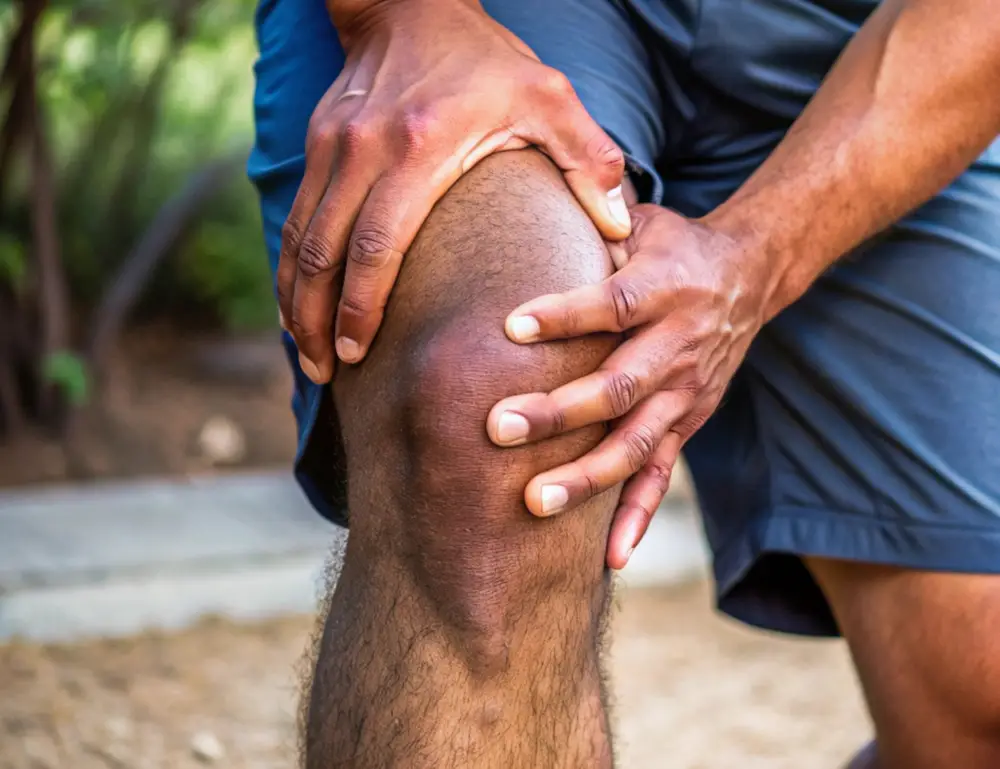How Weather Affects Rheumatic Conditions: Key Considerations
Understanding how changes in weather can trigger flare-ups and impact symptoms, with tips to manage rheumatic conditions effectively.

Introduction
Weather can have a profound impact on individuals with rheumatic conditions, influencing both the frequency and severity of symptoms. Changes in temperature, humidity, and atmospheric pressure are often reported to exacerbate joint pain, stiffness, and inflammation. Understanding these weather-related effects is crucial for managing rheumatic conditions effectively, as it allows individuals and healthcare providers to anticipate and mitigate symptom flare-ups. This awareness can lead to better proactive strategies and improve overall quality of life for those affected by these chronic conditions.
Cold Weather and Joint Pain
Cold weather is often linked to increased joint pain and stiffness. This can be due to several factors

Reduced Blood Flow

Thickening of Synovial Fluid

Muscle Tightness
Humidity and Inflammation
High humidity levels can also affect rheumatic patients

Heat Relief
Warm weather can help relax muscles and improve circulation, reducing joint stiffness and pain for some patients.

Dehydration Risks
Excessive heat can cause dehydration, which may worsen symptoms. Staying well-hydrated is essential to maintain joint lubrication and overall health.
Heat and Rheumatic Symptoms
Heat Relief :
Heat can relax muscles and reduce joint stiffness. Warm weather also improves circulation, which may lower pain levels.
Dehydration Risks :
Hot weather can lead to dehydration, worsening symptoms. It's important to stay hydrated to maintain joint lubrication and overall health.

Tips for Managing Weather-Related
Symptoms

Dress Appropriately
Layer Up in Cold Weather: Wear layers to retain body heat and keep muscles and joints warm. Use thermal clothing, gloves, and scarves to protect extremities.

Stay Hydrated
Drink Plenty of Water: Hydration is essential for joint health, especially in hot weather. Drink plenty of water throughout the day.

Home Comfort Tips
Use Humidifiers or Dehumidifiers: Adjust humidity with a humidifier in dry conditions or a dehumidifier in humid climates.

Regular Exercise
Stay Active: Gentle exercises like swimming, yoga, and walking help keep joints flexible and muscles strong.

Protect Your Joints
Use Joint Supports: Braces or supports help stabilize joints and reduce pain during cold or humid weather.

Plan Ahead
Monitor the Weather: Keep track of weather forecasts to anticipate changes that might affect your symptoms.
Conclusion
While the relationship between climate and rheumatic conditions varies among individuals, being aware of how weather changes can impact your symptoms is crucial for effective management. By taking proactive steps to mitigate the effects of weather on your joints and overall health, you can maintain a better quality of life. Always consult with your healthcare provider for personalized advice and treatment options tailored to your specific needs and circumstances.








